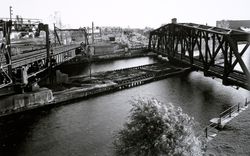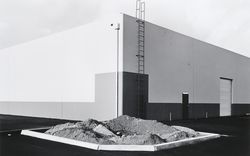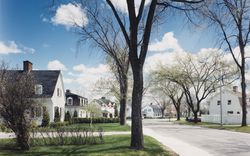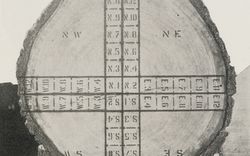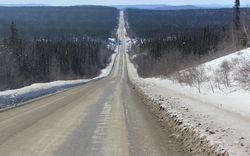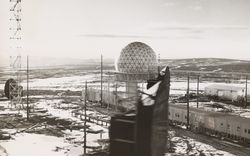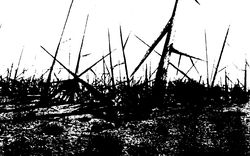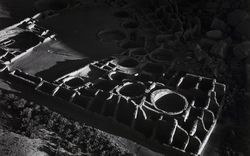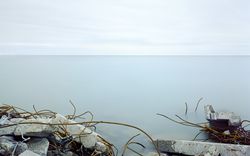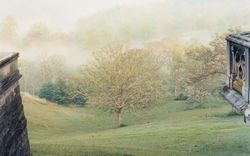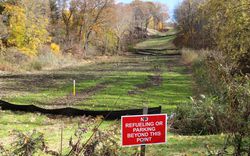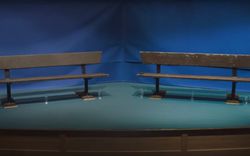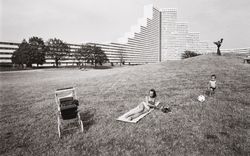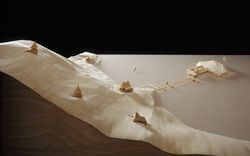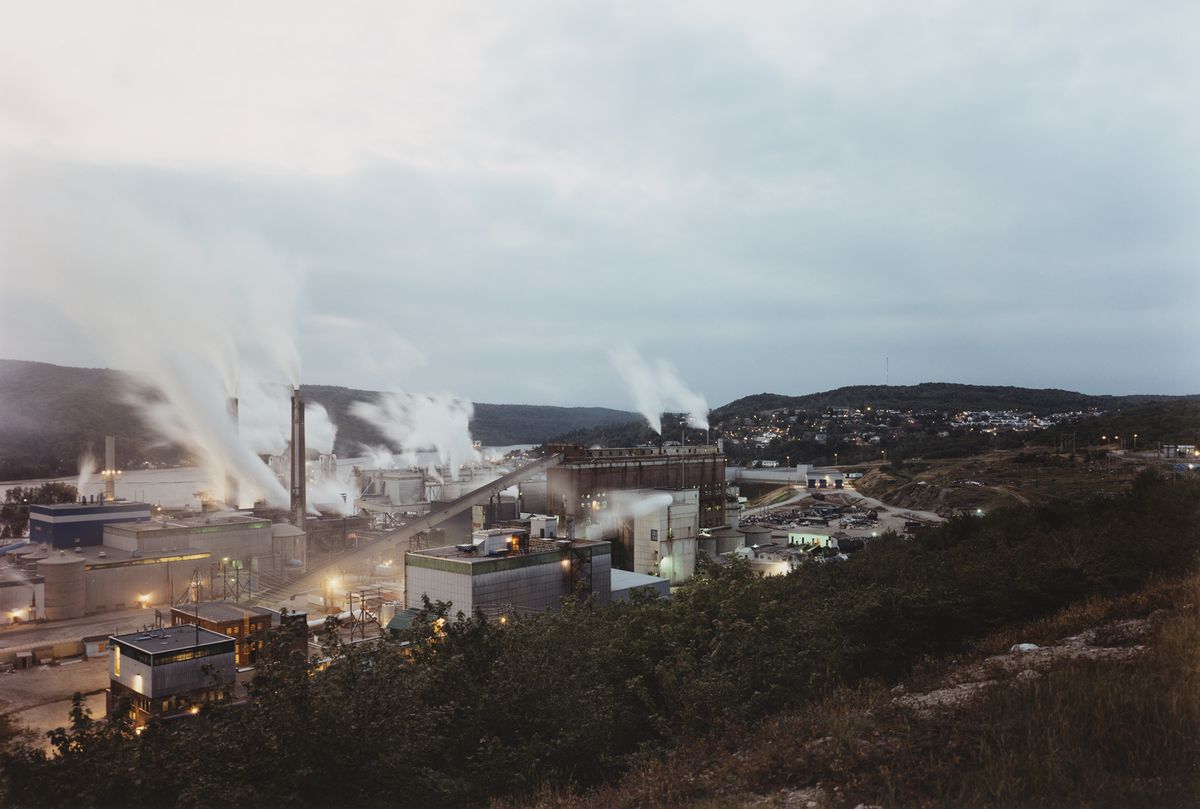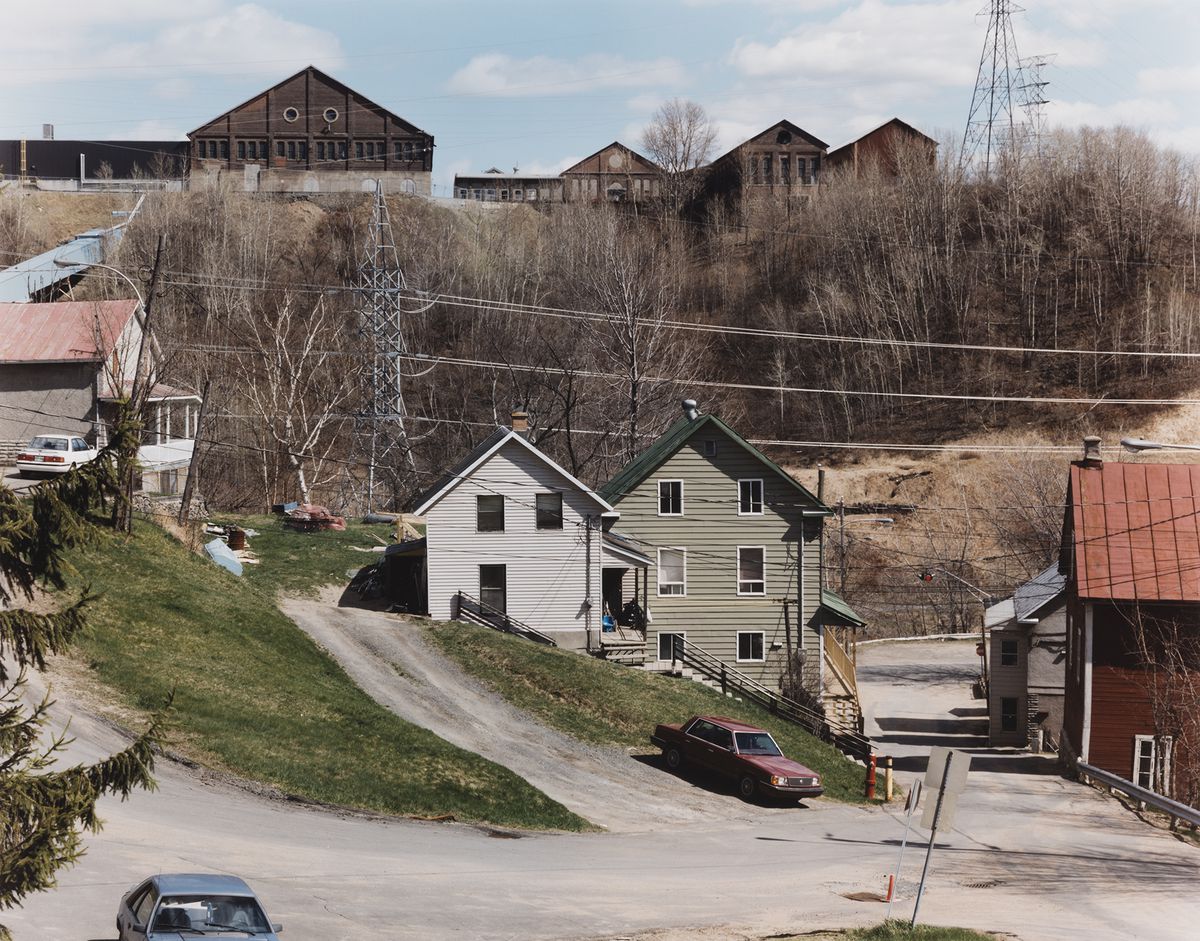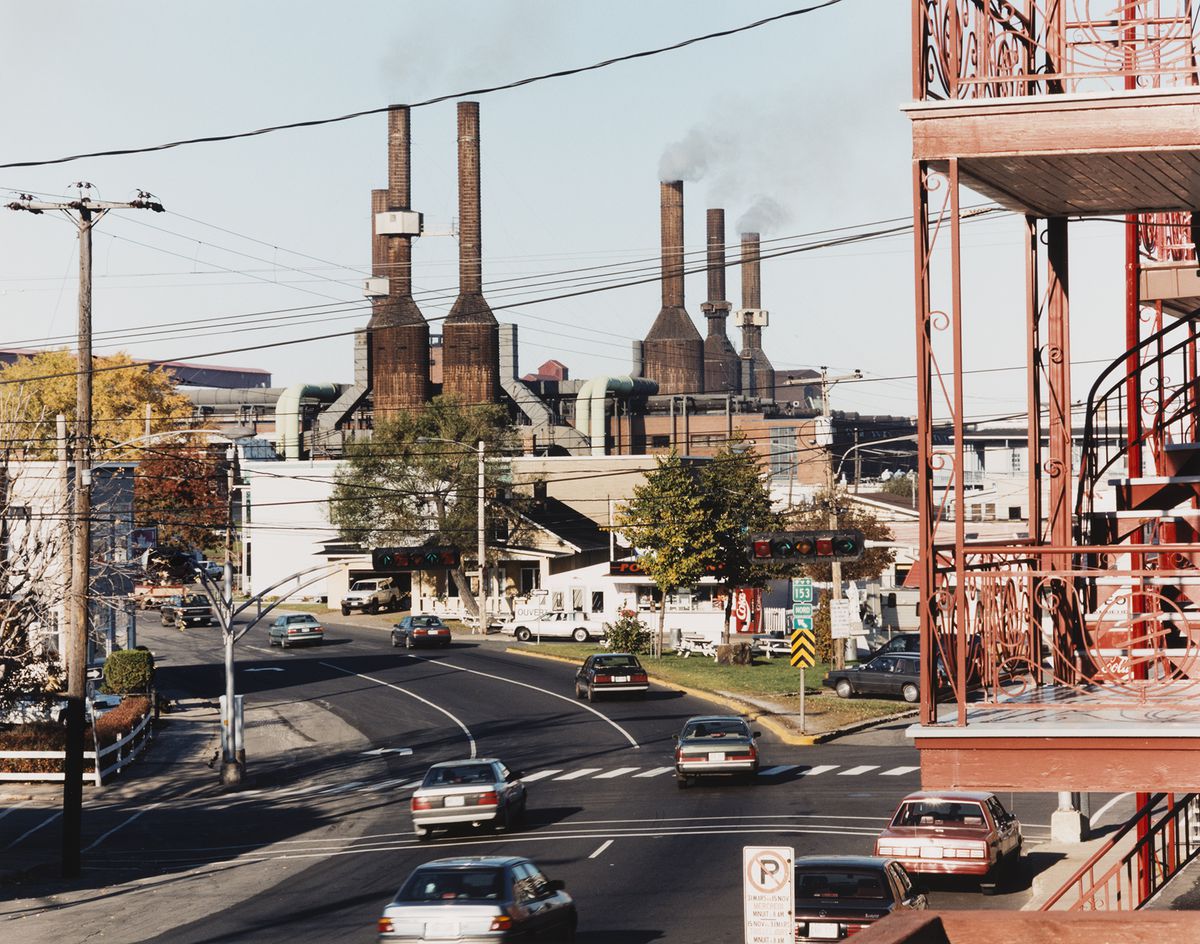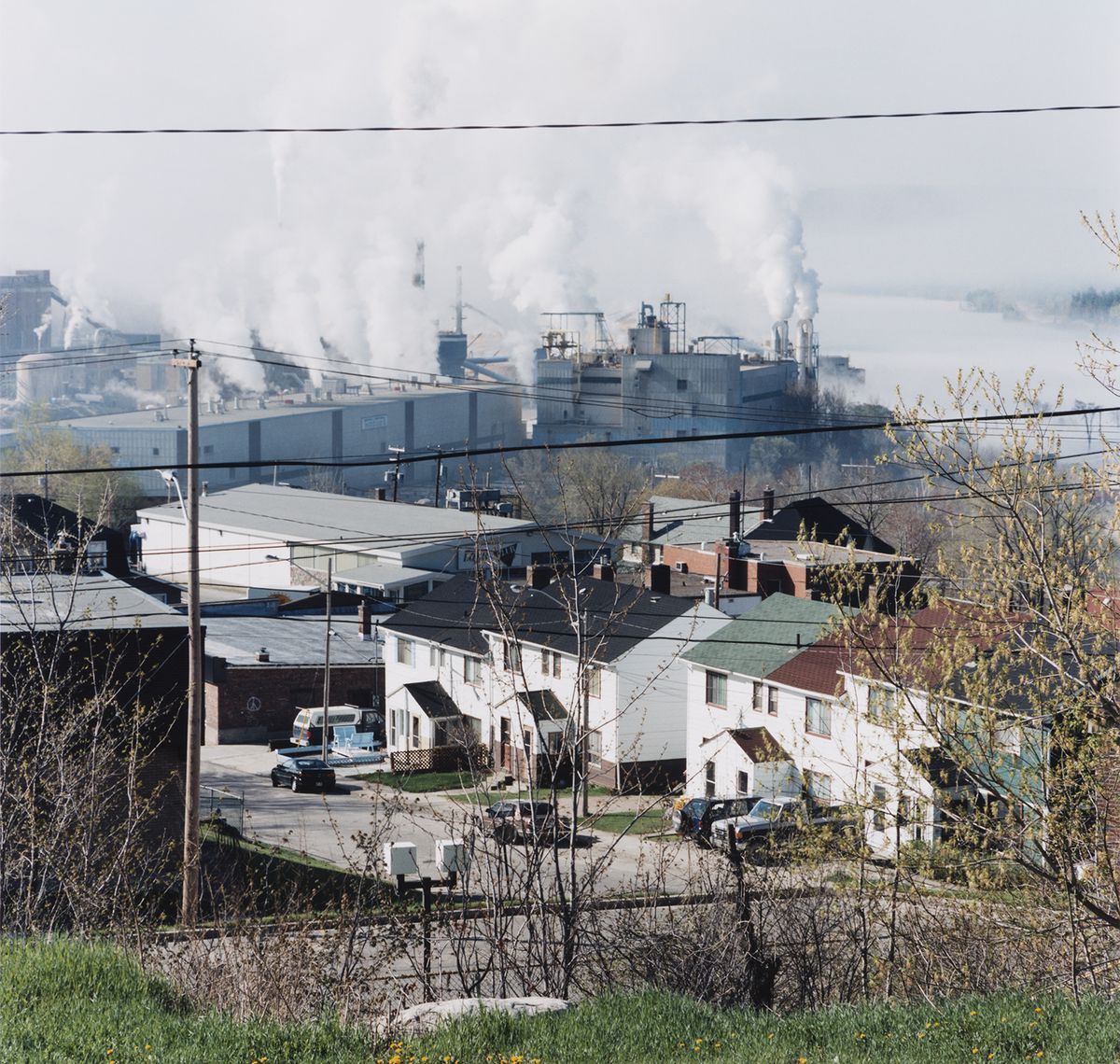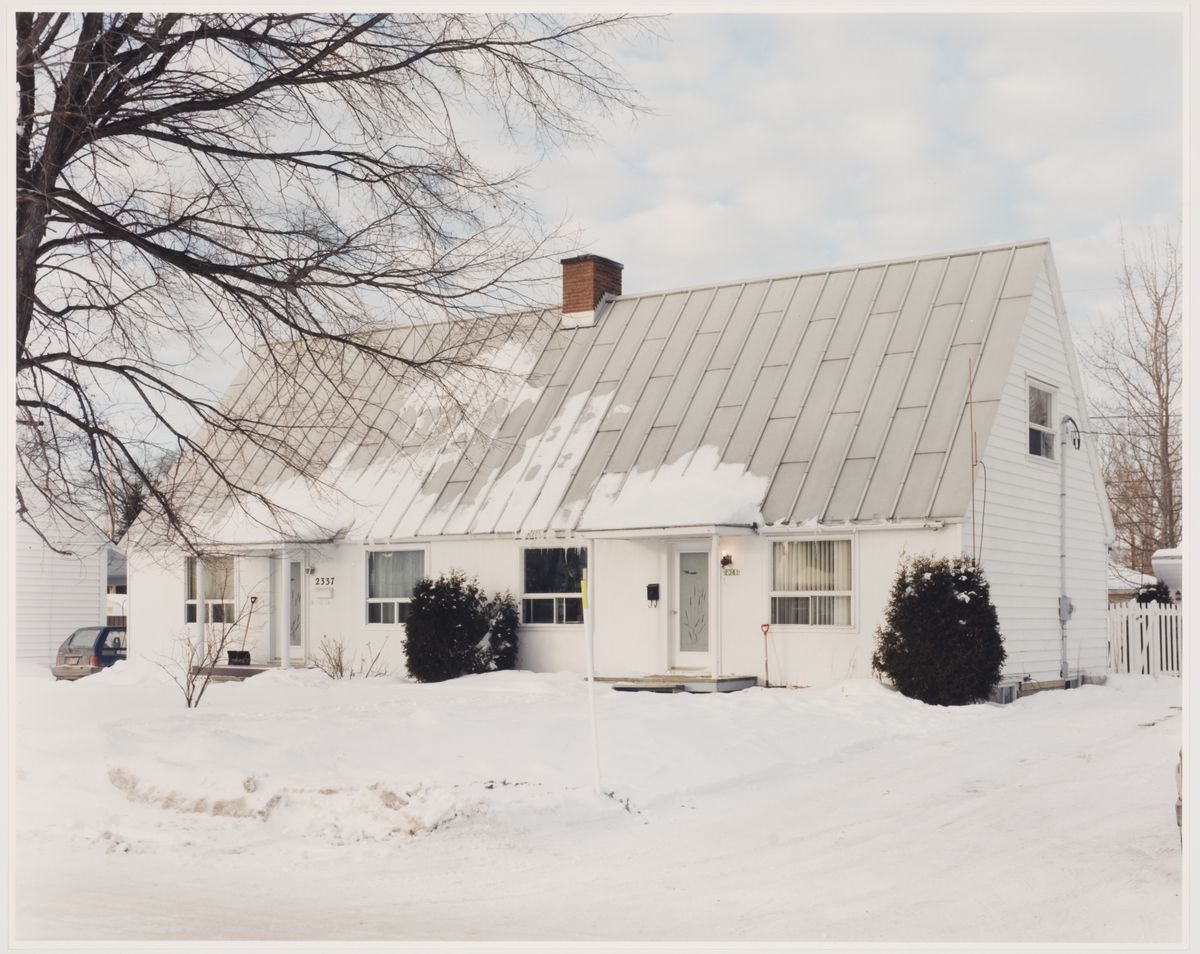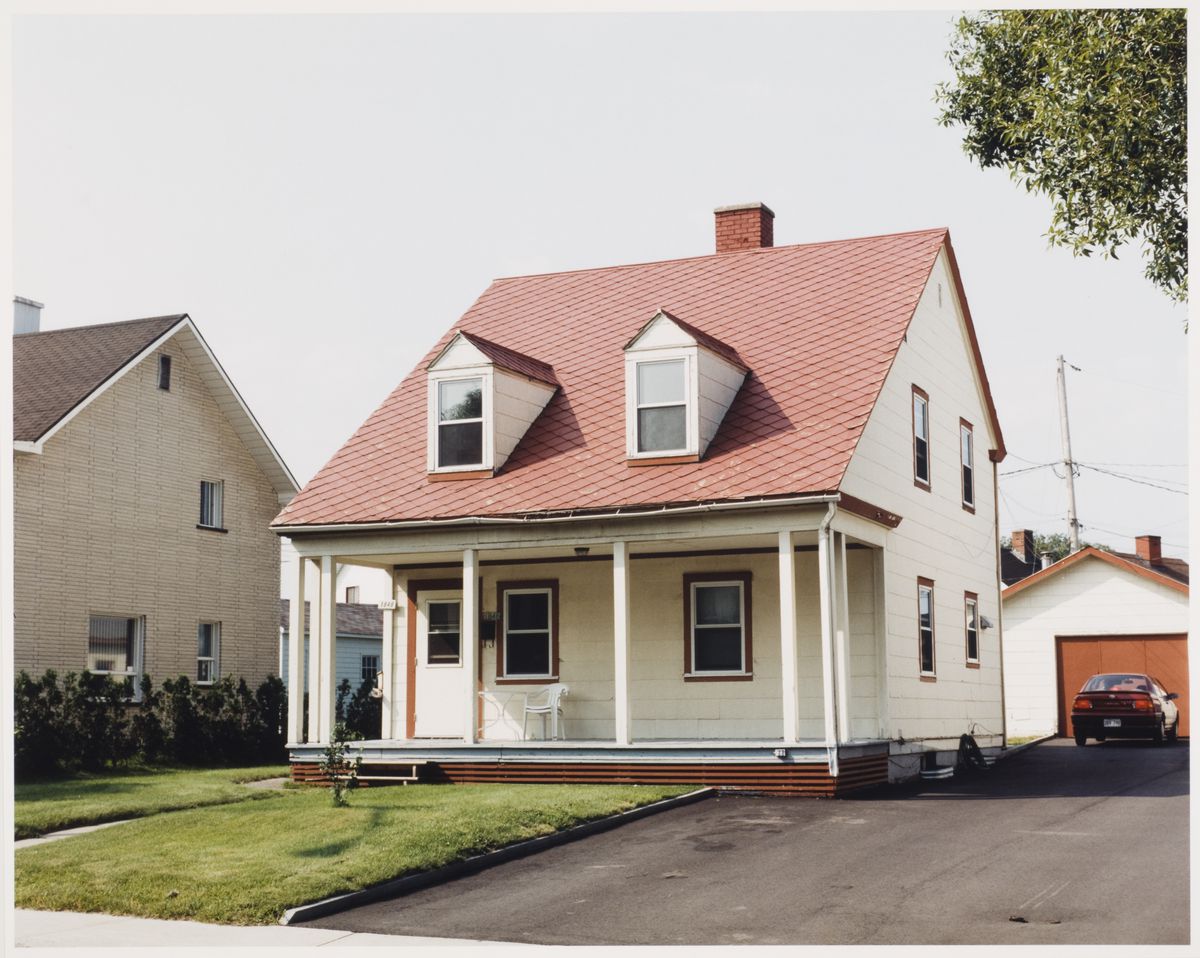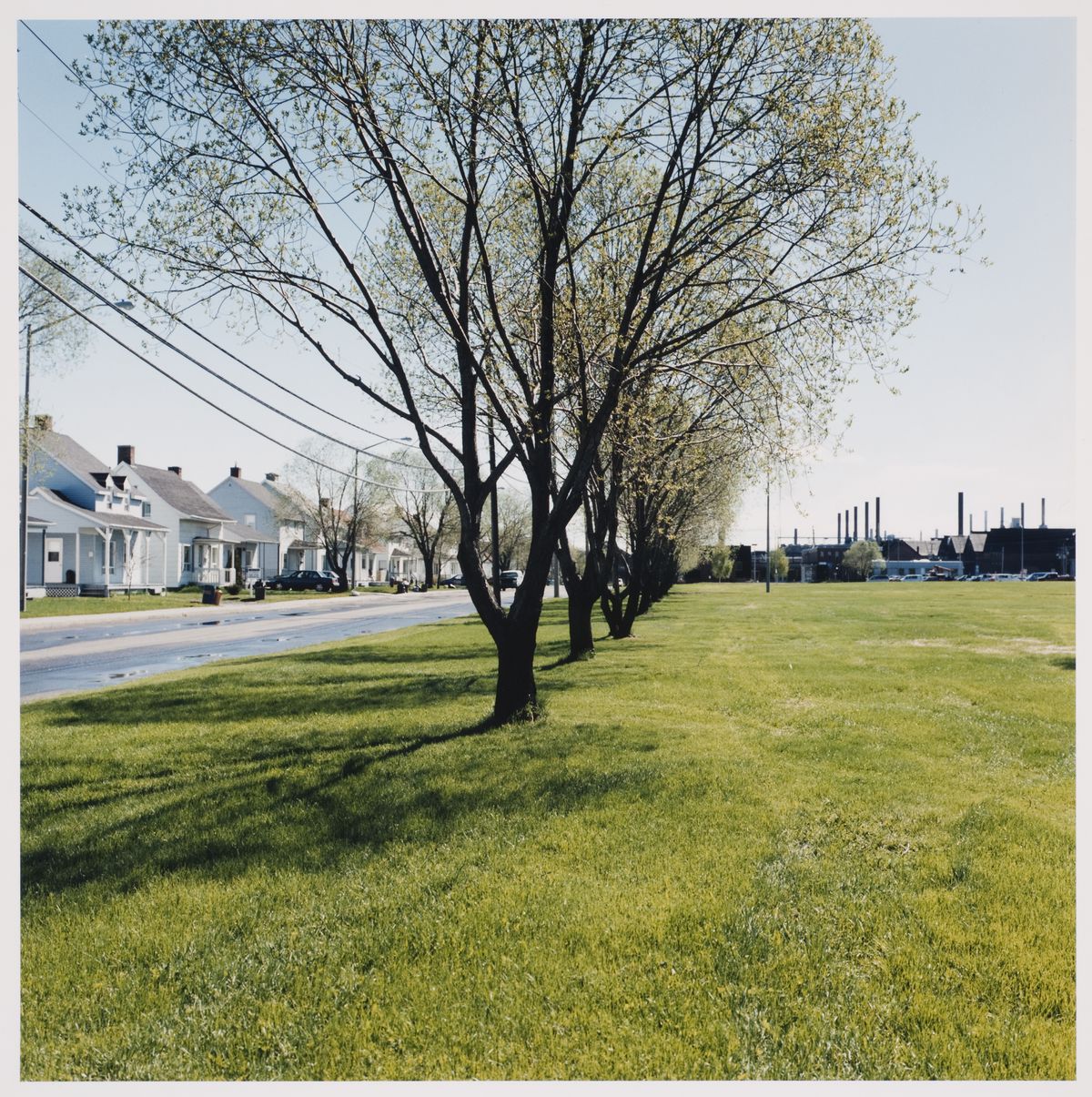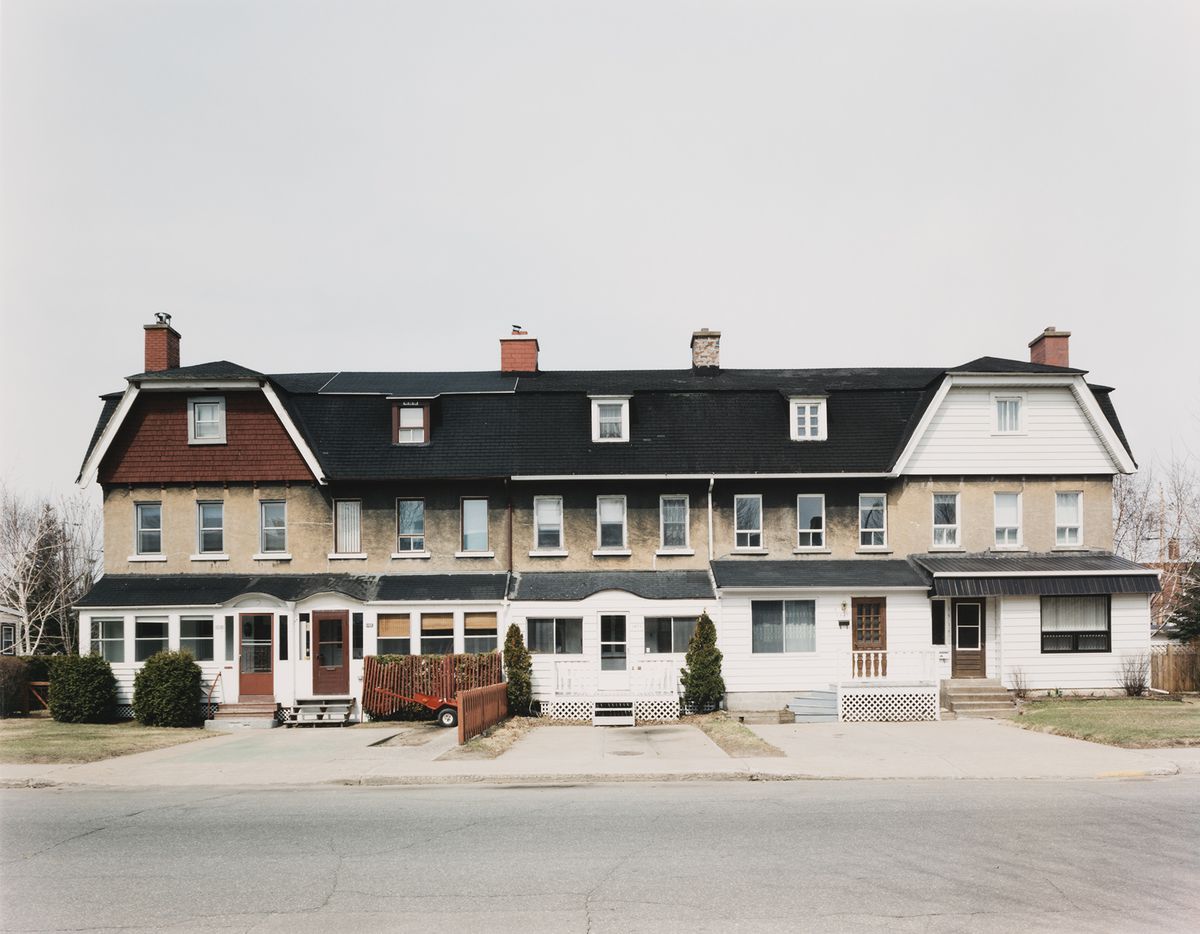Power and Planning
With photographs by Gabor Szilasi
New towns created by private enterprise in the early years of the twentieth century bear witness to the confluence of economic, social, and political forces at work in shaping urban forms. Built quickly and expensively, these towns thoroughly planned to sustain industrial profits, relying on social control to ensure the hegemony of the ruling class. The exhibition traces the creation and evolution of three communities built in Québec regions rich in natural resources, on the banks of three rivers harnessed to generate electrical power. The combination of resources and power permitted the development of new kinds of industry: electrochemistry, electrometallurgy (particularly of aluminum), and pulp and paper (turning the Canadian Shield’s coniferous forests to profit).
Shawinigan Falls (1899), Témiscaming (1917), and Arvida (1925) were all promoted as model towns by the companies that built them. Part of the long European and North American tradition of the “company town”, each of them is a milestone in the development of modern urban planning in Québec and illustrates a distinct approach to town planning. By calling on renowned designers well-acquainted with the latest international ideas in planning, companies were often as innovative in building their towns as in developing new industrial products.
In 1899 the Shawinigan Water and Power Company (SWP) commissioned Montréal engineering firm Pringle and Son to design the master plan for a new town, meant to serve many industries, on the banks of the Saint-Maurice River. The gridiron street plan, poorly suited to the terrain and revised as more industries were established there, permitted the phenomenal growth of Shawinigan Falls. The town’s English speaking minority was housed on the more privileged sites of riverbanks and hills, where the company built some 170 residences for its managers. The French-speaking majority, on the other hand, lived in tenement housing designed by local contractors. The exhibition presents designs by various architects, including David Robertson Brown, David Jerome Spence, Samuel Douglas Ritchie, Ludger Lemieux, Charles Lafond, and Jules Caron.
Témiscaming, founded in 1917 by the Riordon Pulp and Paper Company, is a classic example of a “closed” company town built around a single industry. The master plan for this isolated community — financed and managed by a single business until 1972 — was created by Thomas Adams, an eminent Scottish town planner, upon principles of the Garden City movement. The Adams plan adapted its roads to the land, setting the town on a hill by Lake Timiskaming and the pulp mill further down on more level ground, where Gordon Creek meets the Ottawa River. From 1918 to 1923, Montréal architects Ross and Macdonald built the mill, the commercial district, and all the houses in the lower town. Between 1925 and 1950, William Lyon Somerville of Toronto designed for Canadian International Paper (CIP) — which acquired the mill from Riordon and the town with it — houses in the upper district, along with a hospital and all the town’s schools and churches. A single design aesthetic, established when the town was created, prevailed throughout its development.
In 1925 the American aluminum giant Alcoa commissioned the planning of a model town on the banks of the Saguenay River, to be built around the largest aluminum smelter in the Western world. Inspired by the American City Beautiful movement, New York architect Harry B. Brainerd drew up an ambitious master plan for a regional metropolis of 50,000 inhabitants. Responding to the majestic site, Brainerd carefully sited residential districts of straight and curved streets connected by radiating avenues between the area’s small river valleys. The downtown area, facing the smelter, was designed as a “Civic Center” of monumental scale. As the largest Canadian company town built this century, Arvida bears witness to the rapid evolution of urban planning as designers employed new approaches in prefabrication, standardization, and public hygiene. Here the rigorous zoning of commercial, residential, and industrial sectors ensured that public amenities were carefully integrated into the landscape and fabric of the city.
This text comes from our 1996 exhibition Power and Planning: Industrial Towns in Québec, 1890-1950.
